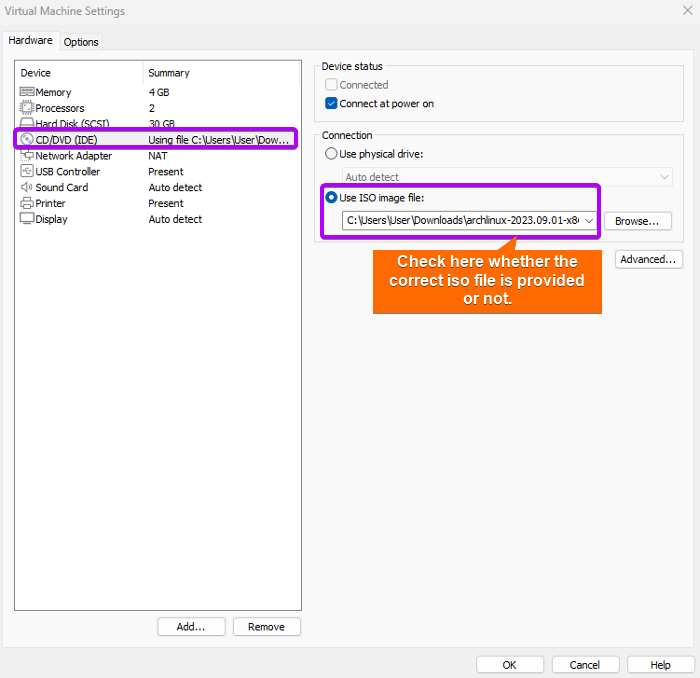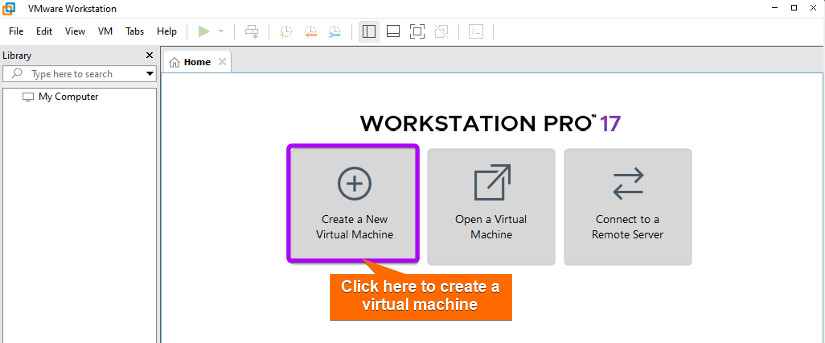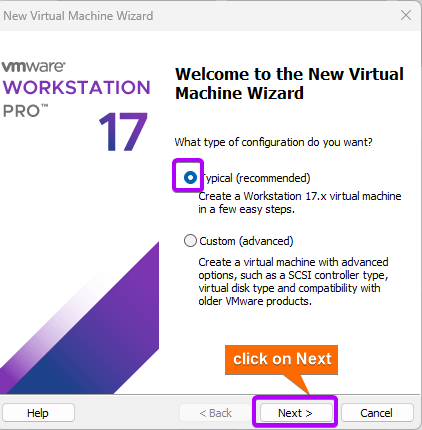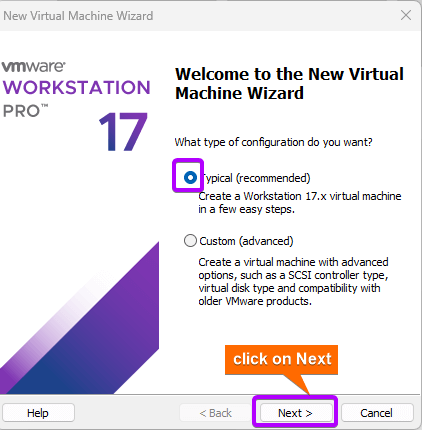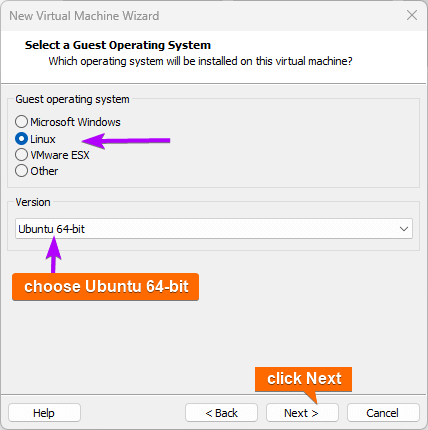FUNDAMENTALS A Complete Guide for Beginners

“Operating System not Found” can be a frustrating experience for VMware users. This error typically indicates that a virtual machine (VM) is unable to locate a valid operating system. A message is shown on the VM while booting like:
Exiting PXE ROM. Operating System not found.  To fix the problem: First, check whether the ISO file is bootable or not, Verify the virtual disk configuration, check for any virtual machine configuration issues, and if nothing resolves then recreate the Virtual Machine again.
To fix the problem: First, check whether the ISO file is bootable or not, Verify the virtual disk configuration, check for any virtual machine configuration issues, and if nothing resolves then recreate the Virtual Machine again.
This comprehensive troubleshooting guide is here to help you identify and resolve the issues causing the error in detail.
Reasons for Operating System Not Found VMware
- The Unbootable ISO file: The virtual machine may not have a bootable operating system or bootable media attached.
- Boot Order Configuration: When the booting order isn’t correctly configured to boot from the appropriate drive or device.
- Corrupted Boot Configuration: The boot configuration or boot sector of the virtual machine’s disk may be corrupted.
- BIOS/UEFI Settings Issues: Incorrect settings in the BIOS or UEFI can cause boot problems.
- Corrupted Virtual Machine Configuration: The virtual machine configuration file (VMX) may be corrupted.
- Shorter PXE boot Period: The booting may fail if the PXE sequence gets over before the screen asks for user interaction.
- Hard Drive Failure: A failing or failed hard drive can result in the inability to find the operating system.
4 Methods to Fix VMware Operating System Not Found
To fix the operating system not found error, follow the approaches one by one:
1. Check the Booting Capability of the ISO File
To install an operating system on VMware, you have to make sure that the ISO file is bootable:
- First, open the VMware Workstation and select the VM which showing the error while booting.
- Right-click on the VM and navigate to Settings > Hardware > CD/DVD (SATA).
- And check whether the correct ISO file is given or not. If it’s not, click on “Browse” to select the accurate ISO file.
2. Recreate the Virtual Machine
Recreating the virtual machine can be a solution to the problem. To recreate the virtual machine, follow the steps below:
- Open the virtual machine and click on “Create a New Virtual Machine”.
- Now, select Typical (Recommended) from the installation wizard.
- Set a name for the VM and specify the location for it.
- Then specify the disk capacity and click Next. Finally, after checking the hardware requirements, click on the Finish button and immediately the VM is recreated.
3. Configure VMware to Function with a Physical Drive
To ensure uninterrupted booting, configure the VMware to boot from the physical CD or DVD. To do that follow the steps:
- First, right-click on the VM and navigate to Settings.
- Now, within the Virtual Machine Settings wizard, navigate to Hardware > CV/DVD (SATA).
- After that, move to the right side, and from Connection, toggle Use physical drive.
- Click OK to save it and you can exit.
- Now, run the virtual machine.
4. Reinstall the OS on VMware
To reinstall the OS on VMware,
- Open the VMware and navigate to File > New Virtual Machine.
- Select Typical as the type of configuration on the New Virtual Machine Wizard. Then, click Next.
- Choose the installer disk image file (ISO) and browse the iso file from the host operating system.
- Now, choose the Guest operating system and Version. Then click Next.
- After that, Name the virtual machine and specify the location of it.
- Specify the disk capacity and click Next.
- Finally, check the hardware configuration and click on Finish.
- Follow the on-screen prompt to proceed with the installation of the OS.
Conclusion
In conclusion, following these systematic solutions, you can resolve the “Operating System Not Found” error and restore your VMware virtual machine to its optimal state. If none of these steps resolve the issue, it might be helpful to review the error messages displayed during the boot process. Hope this guide comes your way to get out of this problem. Feel free to comment below if you still face any trouble.
People Also Ask
How to install an operating system on a VM?
To install an operating system on a VM, follow the steps below:
- Install virtualization software such as VMware.
- Download the ISO file of the operating system.
- Create a new virtual machine.
- Mount the ISO file from the virtual CD/DVD drive of the settings.
- Start the virtual machine.
- Follow the installation wizard.
How to boot a VM in BIOS mode on VMware?
To boot a virtual machine in BIOS,
- Open the VMware and select the VM.
- Then navigate to Settings > Option > Advanced by right-clicking on the VM.
- Now, select BIOS as “Firmware type” and click on OK.
- Power on the virtual machine to start booting.
How to reset the operating system on VMware?
To reset the operating system on VMware, follow the steps below:
- Open the VMware and locate the virtual machine.
- Right-click on the VM and navigate to Power > Shut Down Guest.
- Again, right-click on the VM and navigate to Power > Power on to restart the virtual machine.
- If the guest operating system is unresponsive, you can force start by right-clicking on the VM and choosing Power > Restart Guest.
How to enable UEFI boot on VMware?
To enable UEFI boot in VMware, follow the steps:
- Check the virtual machine compatibility. Ensure that the version of virtual hardware is 13 or later.
- Open the VMware and select the VM. Ensure that the VM is powered off.
- Now, right-click on the VM and click on Settings.
- After that, navigate to Options > Advanced > Firmware type.
- Lastly, toggle to UEFI and click OK.
- Power on the VM, and it’ll start booting in UEFI mode.
